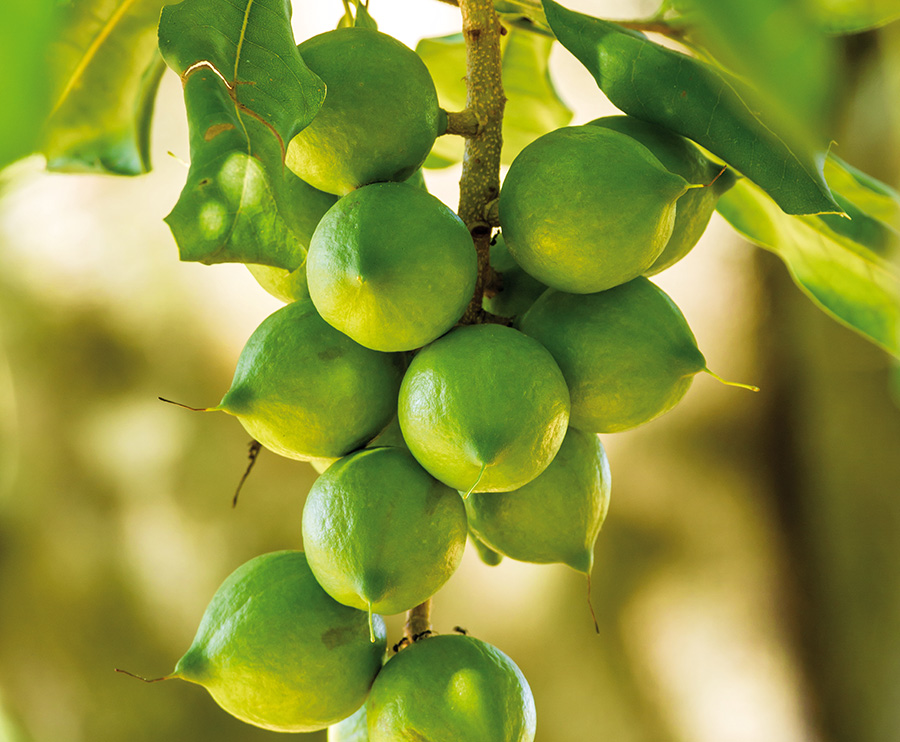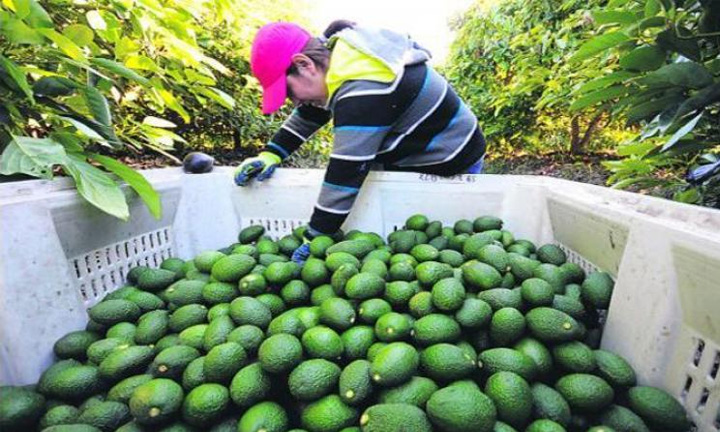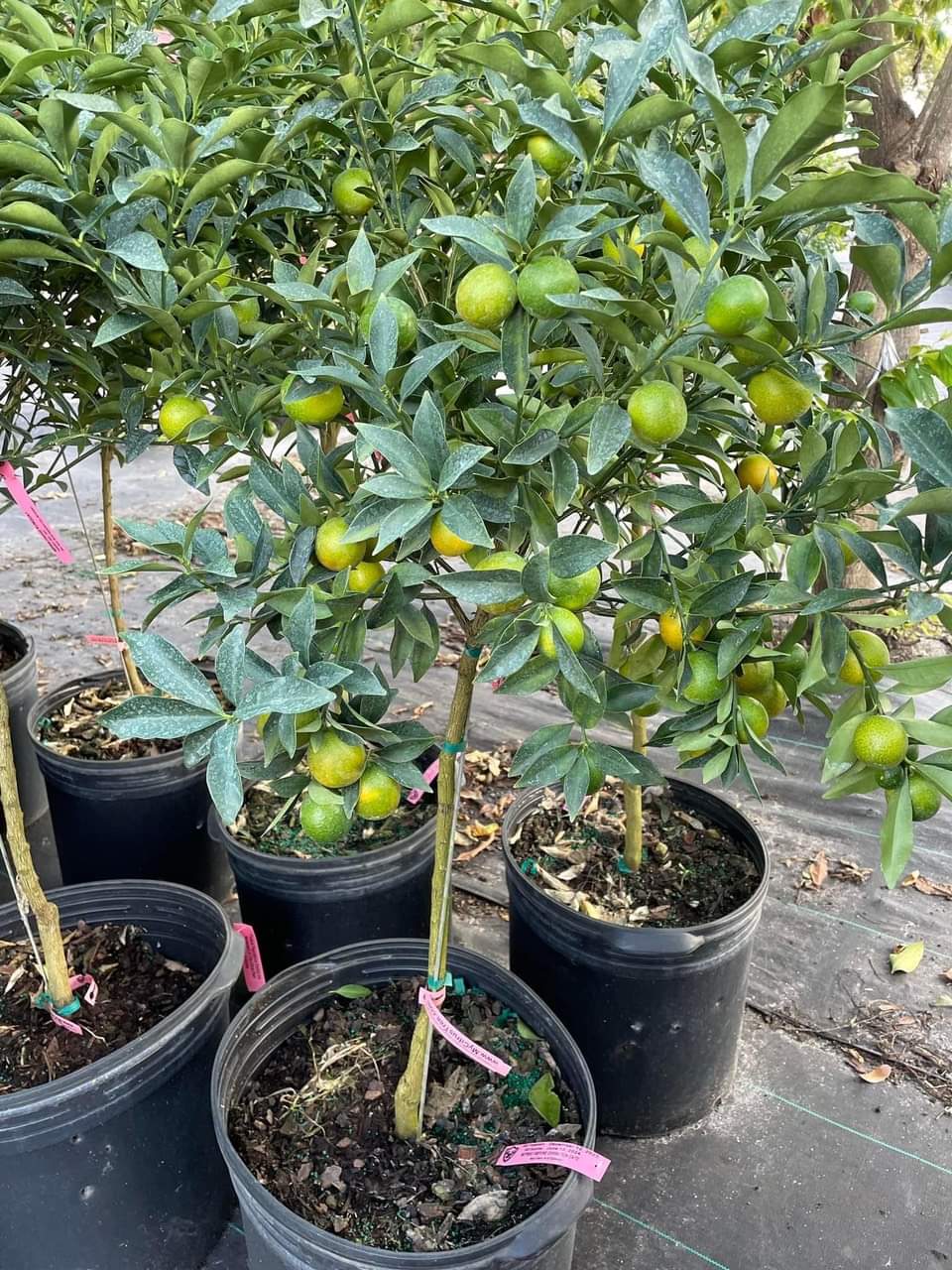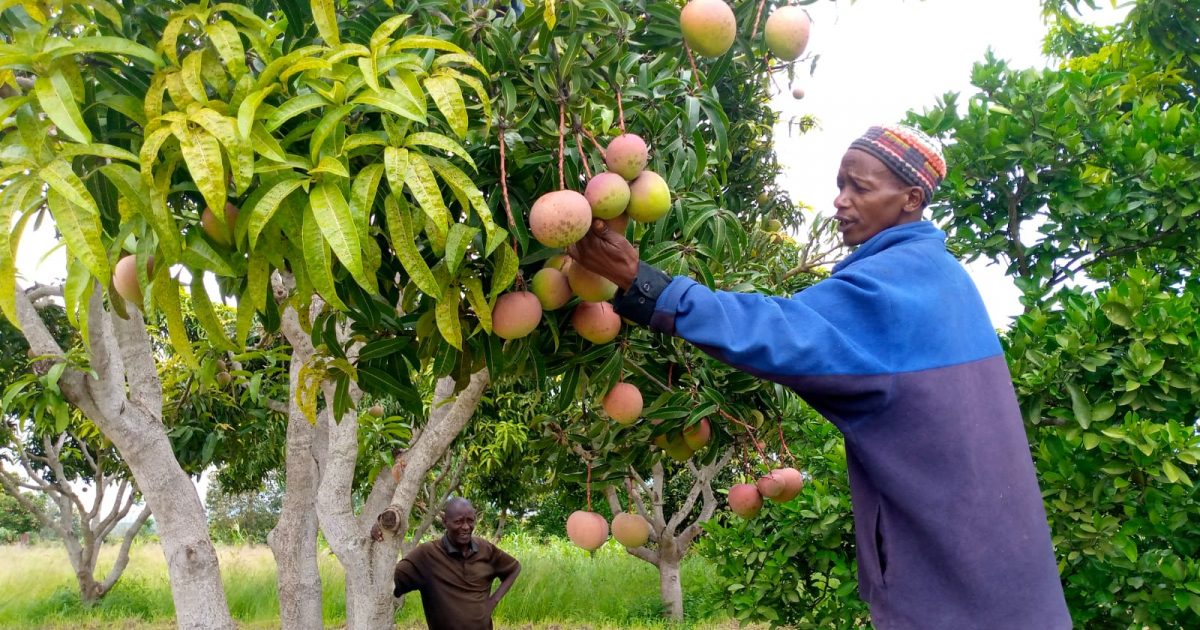The origin of macadamia is Australia. The tree can reach a height of up to 20m. Grafted varieties take 3-4 years after planting to start producing while local varieties usually take 6-7 years.
Suitable Ecological Conditions
Macadamia are tropical trees hence do well in areas where they get full sunlight but sheltered from wind for healthy fruit production. The soil required should be deep and well drained, acidic to slightly acidic with a Ph level of 5-6.5. Rainfall should be between 800-1200mm per year. The ideal range of temperature is between 16-250C.
Irrigation
Irrigation is key during the first two years of the macadamia seedling development. A 60cm diameter basin is made to improve water holding capacity. At this young stage 20L of water is required every two weeks. Frequency of irrigation is reduced once the tree matures.
Weeding
The southern green stink bug cannot survive on macadamia nuts alone but requires a primary food plant. Weeding hosts plants should be done since the stink bugs reproduce and develop here before feeding on macadamia. Non selective herbicides like CATAPULT can be used in weed management in between the nut trees.
Notorious weeds like black jack can be eliminated by mixing AGROMINE and CATAPULT.
Mulching
This done frequently to preserve moisture, nutrients and prevent growth of weeds.
Pruning
This aids in maintaining a good structure of the tree and improving yields. It is done before flowering and after completion of harvesting. BIOSURE can be used to disinfect pruning shears to prevent spread of diseases. Damaged wood is removed during pruning to reduce competition of nutrients.
Crop Nutrition
Leaf and soil sampling are done in order to determine the fertilizer requirements of the crop.
- FERRARI GOLD– to avail the Calcium required by the plant together with other microelements
- VITABOR GOLD- contains added nitrogen to assist in plant uptake of Boron
- ZINC GOLD– chelated to provide maximum Zinc required by the plant
- GOLDCHANCE SUPER START, GROWTH and FLOWER&FRUIT– to provide macro-elements required in different ratios during the different stages.
- LAVENDER TOTAL– to ensure adequate supply of N, P, K and trace elements during the plant cycle
Pests and Diseases
Termites
Termites are commonly found on the stems of young trees especially during the dry months. Special attention is given to eliminate the queen ants and a drench of RANGER can be applied inside the basin of young trees.
Stink bug
Macadamia farmers are losing almost half of their projected production due to damages by the stink bug if left unchecked early enough. The southern green stink bug, Nezara viridula, is the dominant species found in the nut trees. It has piercing sucking mouthparts consisting of a long beak like structure called rostrum. Its life cycle is 65- 70 days and the females can lay up to 260 eggs which are deposited on the underside of the leaves,
Damages
Stink bugs prefer feeding on mature nuts with green husks. Damage caused by stink bug is usually observed after harvesting and processing is being done. The stink bug places its stylet like mouthparts on the nut husk and secretes saliva containing digestive enzymes to soften the husk allowing it to insert it in to the husk and kernel leaving a discolored pit on the kernel surface and also leading to immature drops. Molds and fungi can enter the nut through the infected kernel leading to more loss and undesired quality from harvested nuts.
Control
- Regular monitor the plants so that treatment is done after action level is reached whereby 4% or more of sampled green fallen nuts are infested.
Routine pesticide application is recommended to reduce their population. Products that are systemic and contact in nature come more highly recommended. For instance; LEXUS, KINGCODE ELITE, DOBERMAN.
Macadamia nut borer
The larvae of the cryptophlebia ombrodelta is the most destructive stage. The eggs are laid on the surface of the green husk. After hatching, the larvae burrows into the husk while the shell is still soft where they tunnel through and feed on the kernel. The damage usually leaves hallow dimple like marks on the shell, which may cause molds to enter through the holes further reducing the quality. Infestation caused premature nut drop reducing production.
Control
- Remove old infested nuts from the orchard floor.
- Use Pentagon, Kingcode elite, Occasion star for proper control at the onset on nuts
Mealybugs
Mealybugs congregate on the nut stalk where they excrete honeydew while feeding then sooty mould grows on this secretion reducing the photosynthetic surface area on leaves, eventually the leaves turn yellow and wilt. The female mealybug is oval shaped and lays up to 600 eggs that look like cotton balls. In addition, adult mealy bugs are covered with a white or gray mealy wax over their bodies and like to hide in shaded areas like crevices of stems or under leaves making it almost impossible for insecticides to penetrate hence more difficult to control.
Control
- Outbreaks are sporadic and natural predators, specifically the mealybug ladybug (cryptolaemus montrouzieri) generally provides adequate control.
- Use Jamboclean to clear sooty mold and honey dew, also removes outer waxy layer of mealybugs hence death by dehydration and enables easier penetration of pesticide and Constantine
Scale Infestation
The white scale (pseudaulacaspis brimblecombei) and latania scale (heniberlesia lataniae) are the two common types. They form small white to greyish raised spots on the nuts build-up of the pest can affect leaves and branches. Scales are up to 2mm across.
Control
Use Doberman or Lexus mixed with Jamboclean to eradicate the scales.
Thrips
Thrips damage results in a brown or bronze coloration since they feed on the outer husk. Yields and quality are rarely affected. Adult thrips are small bodied 1.5mm long insects. High infestation may affect the leaves and flowers.
Control
Since damage is usually sporadic, spray affected trees with Presento, Kingcode elite, Doberman.
Caterpillars
The moths lay eggs on the flower panicle. The larvae feed on the florets for about three weeks before pupating. An infestation during flowering stage can lead to reduced production if not earlier detected and controlled.
Control
Frequent inspection of flowers for silken matting and larvae is recommended. Spray OCCASION STAR while giving special attention to the folded leaves where they tend to hide.
Husk spot disease
This is caused by the fungus pseudocercospora macadamiae. The symptoms include pale yellow flecks on the husks which expand to become darker yellow to dark brown circular spots. This condition is favored by moist conditions. The spots produce grey velvety fungal spores. Infected nuts drop up to six weeks prematurely.
Control
In areas prone to the disease use Biodistinction extra as a preventative spray.
Root rot
Root rot is caused by the fungus phtophthora cinnamomi and occurs in moist, poorly drained areas. The fungal disease results in sudden deaths of plants.
Control
Drench CHANCETYL ELITE on affected plants.
Macadamia Canker
This is a serious infection that affects the stem, leaves, fruits, branches, twigs, barks and any part of the tree causing wilt and deaths of the plants
Control
Ensure proper hygiene is maintained while handling affected plants to stop spread.
Premature nut drop
This is usually caused by natural thinning, fruit spotting bug damage, nut borer damage, husk spot disease, heat stress, storm damage or tree decline. Mostly identified by large numbers of green nuts drop. Natural nut drop occurs 3-8 weeks and 10-30 weeks after flowering. Fallen green nuts are monitored and sectioned to identify the cause.
Control
- Good management of pests and diseases and ensure proper crop nutrition and irrigation.
- OPTIMIZER is a natural seaweed micro-element blend that can help in reducing plant stress because of too much heat hence reducing nut drop and improving the crop yield.
HARVESTING
Nuts are harvested when the skin begins to crack. The husk of unripe macadamia is white and usually changes to chocolate brown when ripe. The nuts are very easy to harvest as mostly drop off the trees when they are mature. It should be clear underneath the trees to facilitate easier collection of all the nuts.
Credit: Source





